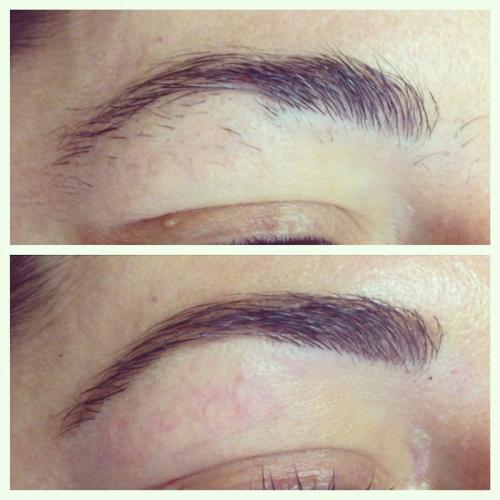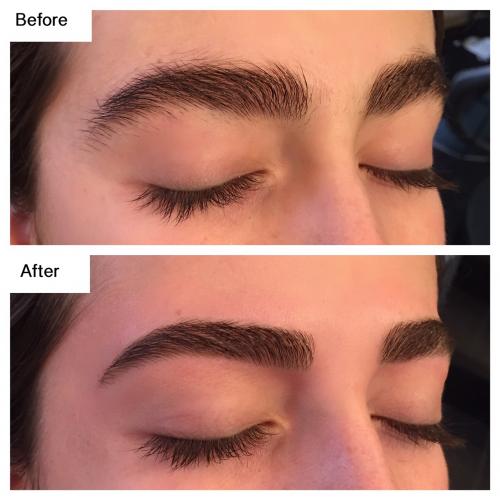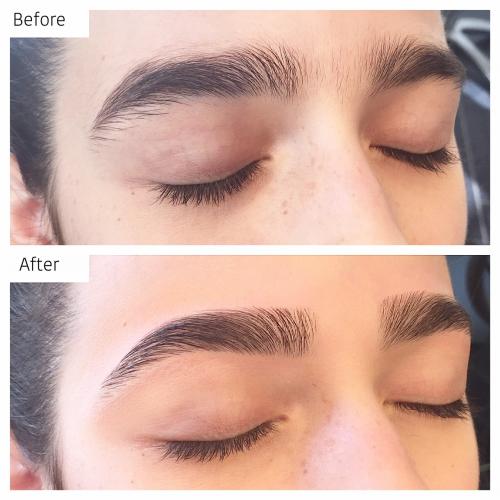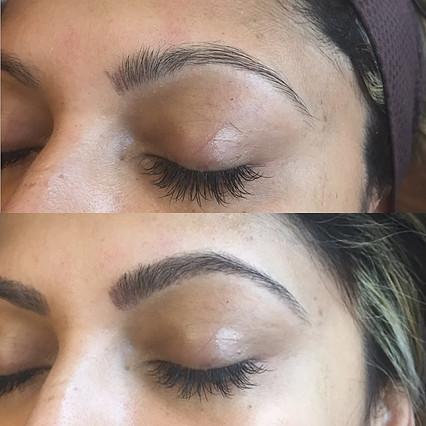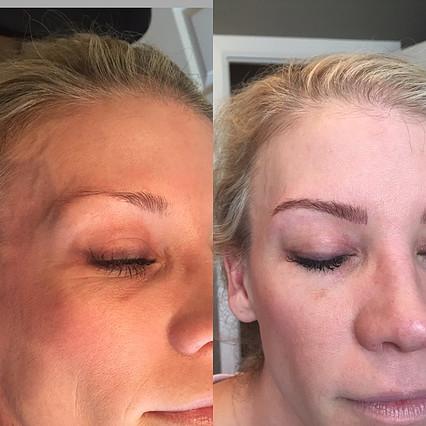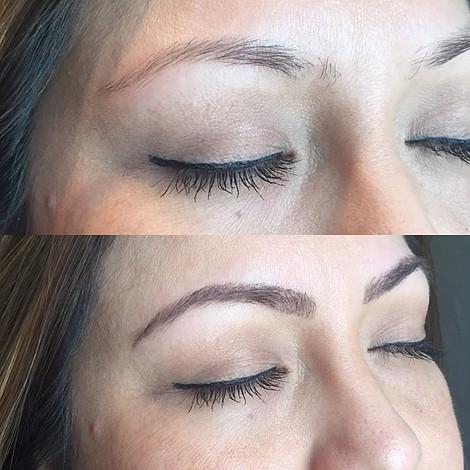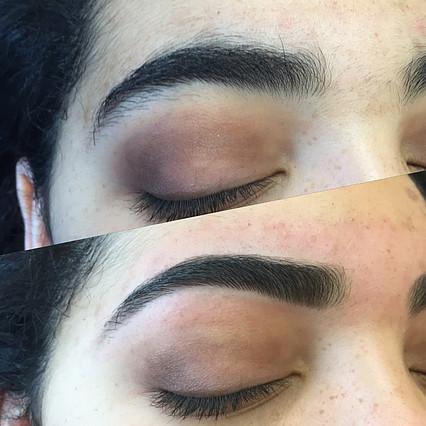To Buy Retin-A Online Visit Our Pharmacy ↓

Understanding the Basics: Retin-a and Retinol
Retin-A, known scientifically as tretinoin, is a prescription-strength product often used for acne treatment and aging concerns. It’s a potent derivative of vitamin A and works by increasing cell turnover and stimulating collagen production. On the other hand, retinol is a milder, over-the-counter version of vitamin A. It promotes more gradual results and is often incorporated into anti-aging skincare products due to its ability to improve skin texture and tone.
| Aspect | Retin-A | Retinol |
|---|---|---|
| Strength | Prescription-strength | Over-the-counter |
| Cell Turnover | Faster | Gradual |
Understanding these differences is crucial for selecting the right product!
How Retin-a and Retinol Work on Skin

Retin-a, a prescription-strength retinoid, penetrates deep into the skin to accelerate cellular turnover, effectively healing acne and diminishing fine lines. It binds to retinoic acid receptors, transforming the skin’s structure at a cellular level, while boosting collagen production. In contrast, retinol, an over-the-counter variant, works more gradually. Once applied, it undergoes conversion into retinoic acid in the skin, a process that takes time, resulting in slower but still effective rejuvenation. While both aim to renew and refresh the skin's layers, retin-a achieves this with more intensity, offering robust results on a cellular level, whereas retinol offers a gentler touch, ideal for newcomers to retinoids.
Potency Levels: Which Is Stronger or Weaker?
When we dive into the realm of skincare actives, potency is king, and the difference between retin-a and its gentler cousin, retinol, is akin to a heavyweight title match. Retin-a, or tretinoin, is the prescription champion, clinically proven to accelerate cell turnover rapidly. This superstar’s potency springs from its direct activity on the skin, meaning it needs no conversion to perform its magic. Conversely, retinol, the over-the-counter contender, takes a more patient approach, requiring conversion into retinoic acid before influencing the skin’s renewal process. This difference in action accounts for retin-a's formidable strength, making it the go-to for those battling stubborn signs of aging. Yet, its intensity means it’s better suited for those with a tolerance for vigorous skincare maneuvers.
Side Effects: What to Expect from Each

Retin-A, a more potent form of retinoid, often carries with it some noticeable side effects due to its strength. Users might experience skin dryness, peeling, and redness, which tend to be most pronounced during the initial weeks of use. This happens because Retin-A accelerates skin cell turnover, leading to these temporary but potentially uncomfortable effects. It's important to note that these are signs of Retin-A's effective action on the skin, though they can be a hurdle for those with sensitive skin.
On the other hand, retinol, being a milder derivative of vitamin A, typically results in fewer and less intense side effects. However, some users might still experience slight irritation, dry patches, or a tingling sensation. These side effects usually subside as the skin builds tolerance over time. With either product, taking a gradual approach by starting with lower concentrations and frequency can help minimize discomfort while allowing the skin to adjust.
Ideal Users: Who Should Use Retin-a or Retinol?
Retin-a is typically recommended for individuals dealing with more severe skin concerns, such as persistent acne, deep wrinkles, or pronounced sun damage. Its potency makes it particularly effective for those who need a more robust solution and are prepared for a potentially more intensive skincare journey. Because of its strength, users should be aware of its side effects and may require a prescription from a dermatologist.
Retinol, on the other hand, is ideal for individuals with sensitive skin or those new to retinoids. It works well for those seeking preventative aging benefits or a gradual improvement in skin texture and tone. Retinol is available over-the-counter, making it accessible for anyone interested in incorporating it into their skincare routine for a gentler approach.
| Retin-a | Retinol |
|---|---|
| Prescription required | Available over-the-counter |
| Suitable for severe concerns | Gentle and preventative |
| Faster results | Gradual results |
Tips for Safely Incorporating into Skincare Routine
Begin by gradually incorporating Retin-a or Retinol into your skincare routine, starting with a pea-sized amount applied at night. This gradual introduction allows your skin to acclimate, minimizing potential irritation. Remember to apply it to clean, dry skin to maximize absorption and benefits. A key tip is to avoid using it in conjunction with other active ingredients, like exfoliants or acids, to prevent heightened sensitivity and irritation.
To further protect your skin, follow with a moisturizer to lock in hydration and create a barrier that reduces dryness. Sun protection is crucial; retinoids make skin more sensitive to UV damage. A broad-spectrum sunscreen with at least SPF 30 is essential during the day. Test your patience and carefully observe how your skin responds, making adjustments as needed.
Maintaining consistency is vital when using retinoids; however, listening to your skin is equally important. If irritation persists, reduce application frequency or consult with a dermatologist for personalized advice. Additionally, being patient is key, as visible results often take weeks or even months. Utilizing these strategies not only optimizes their benefits but also significantly reduces potential adverse effects.
By integrating these steps thoughtfully and gradually, you create a harmonious addition to your skincare regimen that enhances skin vitality while ensuring its health. With dedication and careful observation, your pursuit of radiant skin with Retin-a or Retinol becomes a beneficial journey. For more detailed information on retinoids, visit this source and this article.
Before & After
Testimonials
Read out what our customers say about our services.
Read Testimonials
Join Our VIP List
Great News!
Comming soon our new location in Fort Worth (Alliance area)
3529 Heritage Trace Parkway, Suite 163
Fort Worth, TX 76244
Sign up now to join our VIP list and receive coupons

